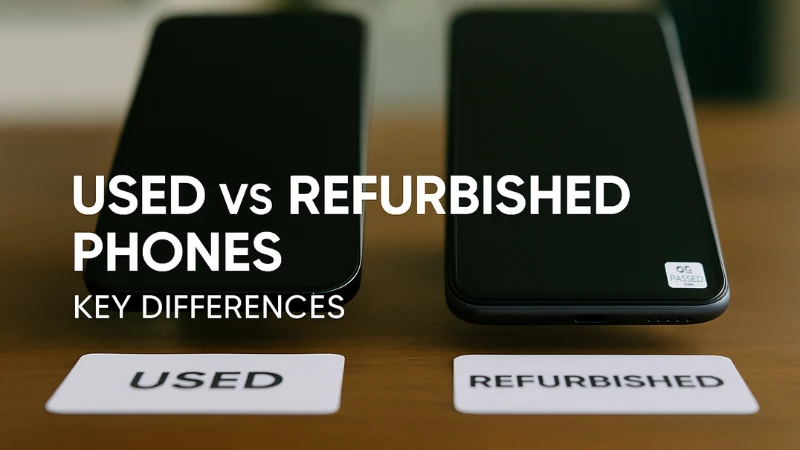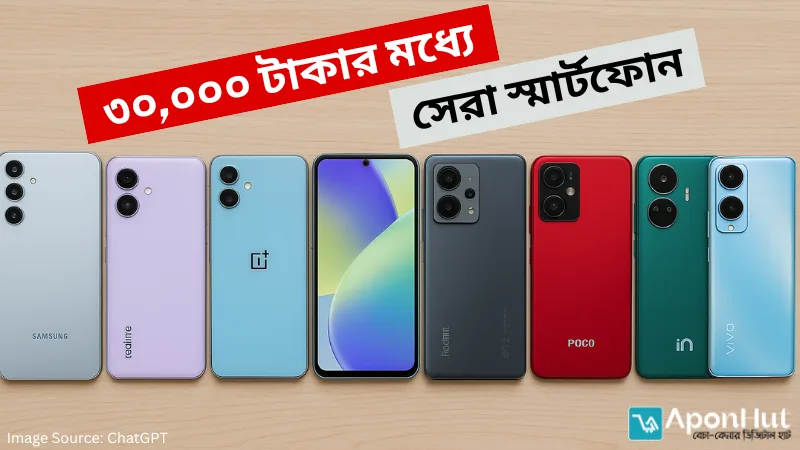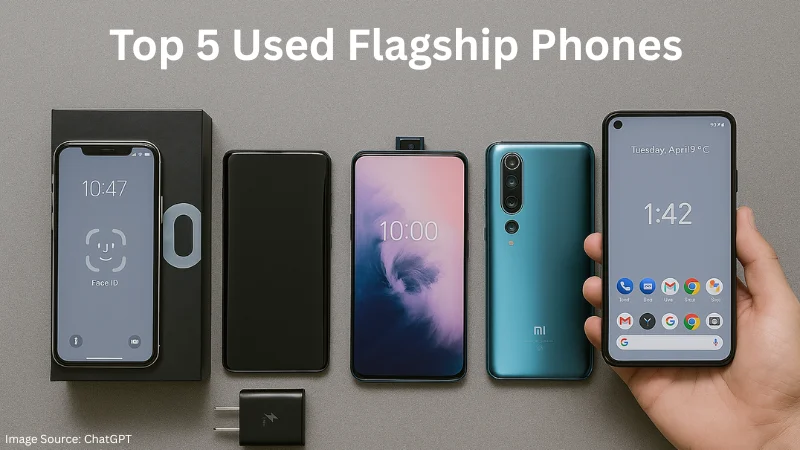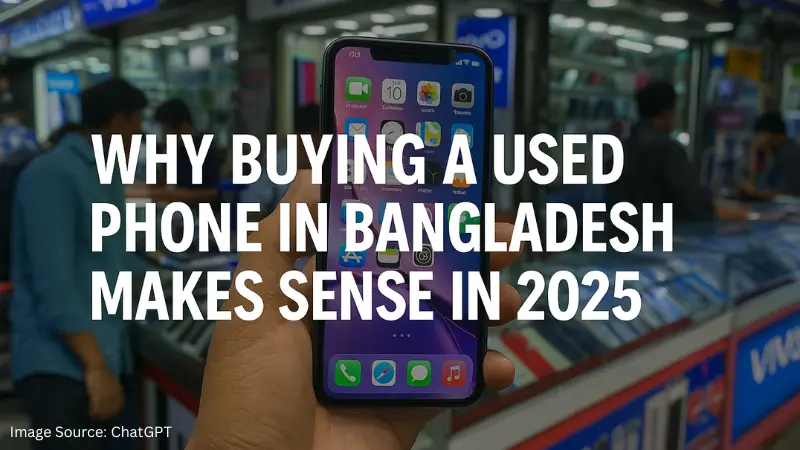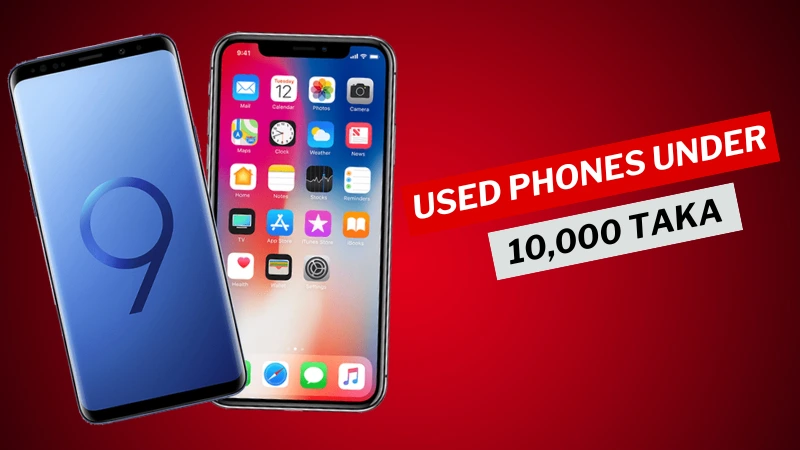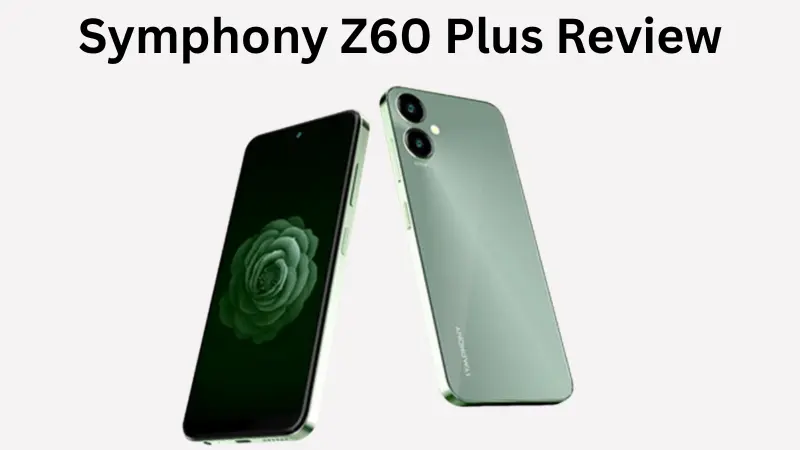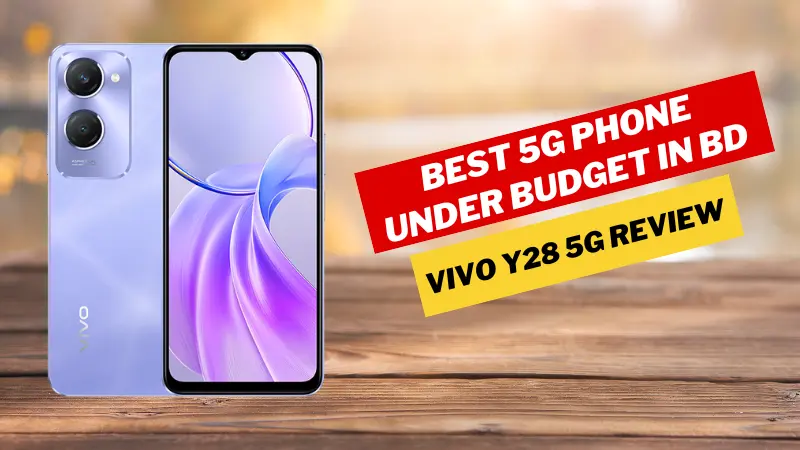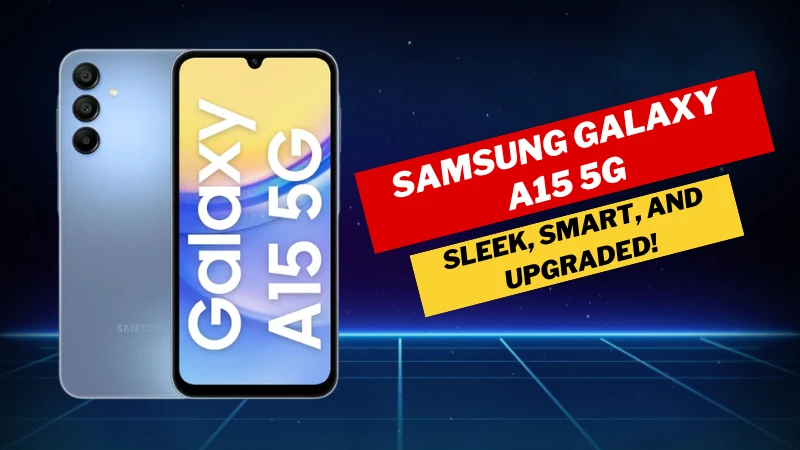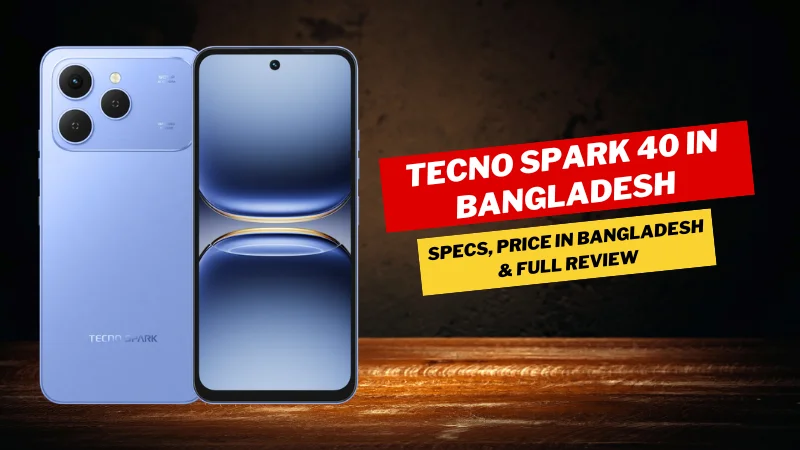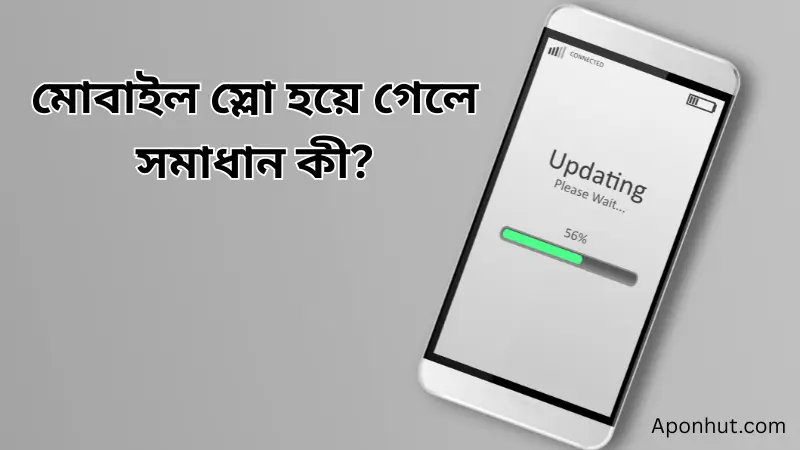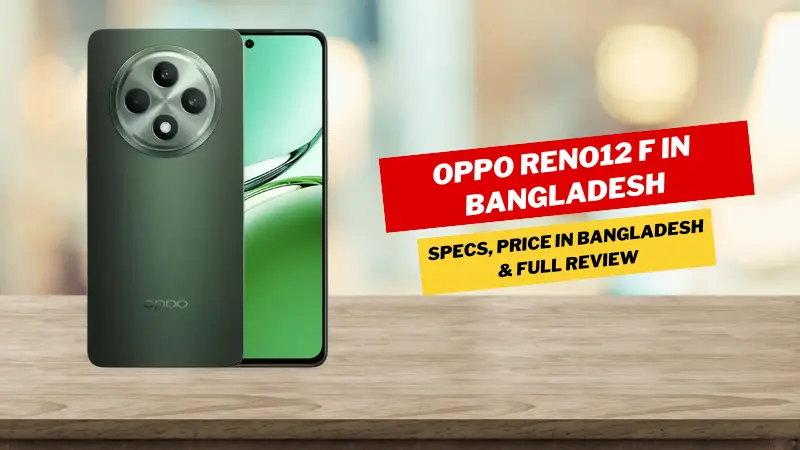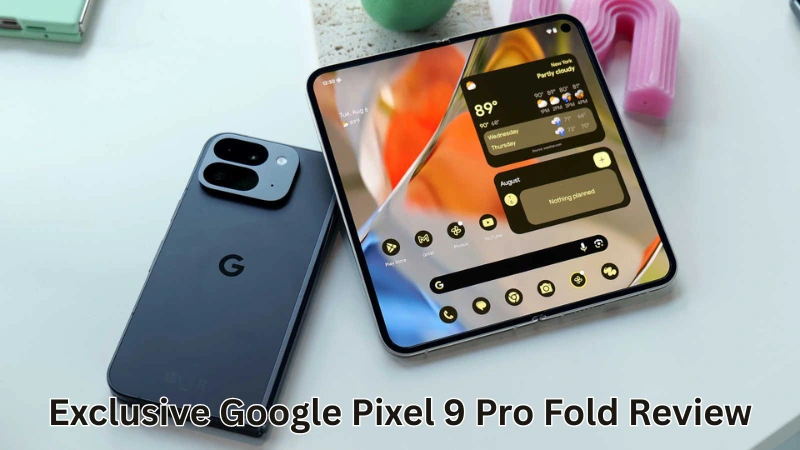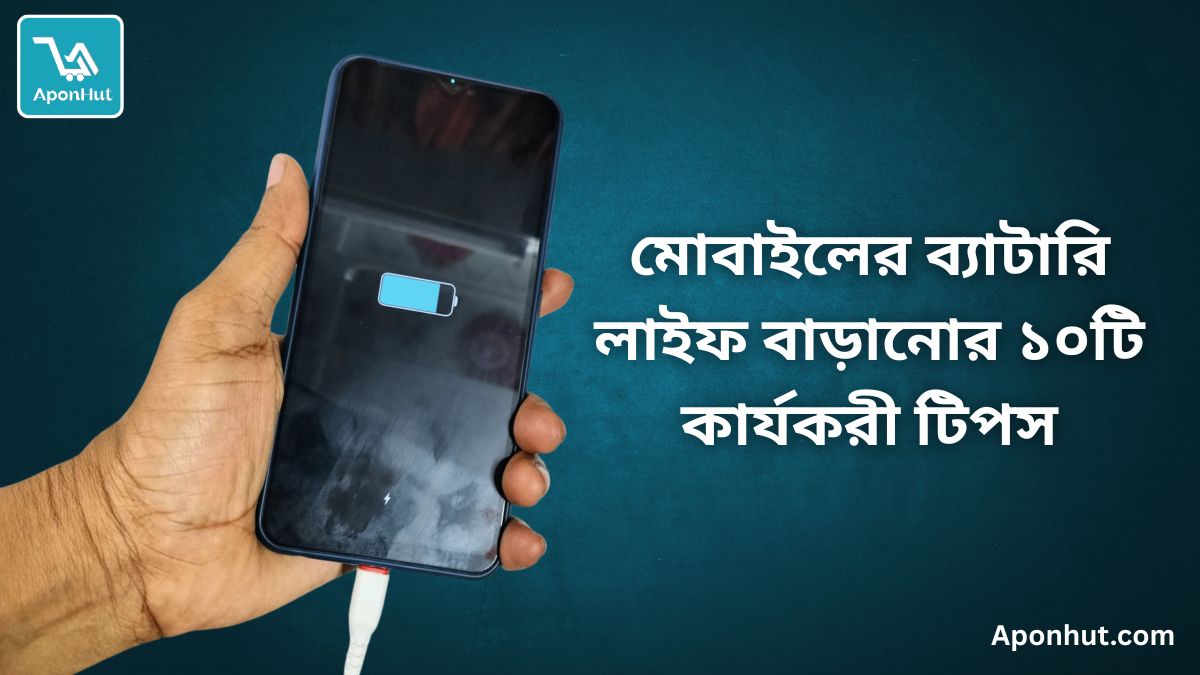How fast charging technology works in mobile and which brand is best?

What is Fast Charging Technology?
Fast charging technology refers to a set of methods and standards designed to minimize the time it takes to recharge electronic devices, notably smartphones and tablets. Unlike traditional charging methods, which typically provide a constant current and voltage, fast charging leverages higher power levels to significantly reduce charging duration. This efficiency is achieved by manipulating several electrical parameters, including voltage, current, and power delivery.
The fundamental concept behind fast charging hinges on the relationship between these parameters. Traditional chargers usually deliver a consistent output of 5V at 1A or 2A, translating into a power delivery of 5W to 10W. In contrast, fast charging technologies can often deliver significantly more power, sometimes exceeding 20W. This increase is possible due to higher voltage outputs—often reaching 9V or even 12V—combined with elevated currents. It is this synergy that allows fast charging to fill up a device’s battery much quicker than conventional methods.
Various fast charging standards exist in the industry, with each brand often developing its proprietary technology alongside universal protocols. Qualcomm's Quick Charge is perhaps one of the most recognized fast charging technologies, enhancing charging speed through increased voltage and optimized current flow. Meanwhile, USB Power Delivery (USB PD) is a universal standard that enables multiple devices to charge at high speeds by negotiating power requirements over a USB connection. Many manufacturers also offer proprietary solutions, such as Apple’s Fast Charge for iPhones and Oppo’s VOOC technology, which utilize similar principles but may vary in execution and efficiency.
Understanding these various standards and their workings is essential for consumers seeking to optimize their charging practices while ensuring compatibility across different devices and brands.
How Fast Charging Works
Fast charging technology represents a significant advancement in the way electronic devices replenish their energy. At its core, the process involves a sophisticated dialogue between the device and the charger, whereby both entities communicate to determine the optimal power delivery rate. When a device is connected to a fast charger, it transmits its charging requirements and capabilities, enabling the charger to adjust its output accordingly. This communication is commonly facilitated through protocols such as USB Power Delivery and Qualcomm Quick Charge, which establish the standards for safe and efficient power transfer.
The charging process is influenced heavily by the underlying battery technology used in modern devices, predominantly lithium-ion and lithium-polymer batteries. These battery types are designed to support higher currents and voltages, making them ideal candidates for fast charging. Unlike traditional nickel-based batteries, lithium-based technologies exhibit superior energy density, allowing faster absorption of energy with minimal thermal stress. As a result, devices can reach substantial charge levels in significantly reduced time frames, catering to the growing demand for swift recharging solutions in an increasingly mobile society.
However, the rapid pace of charging cannot come at the expense of safety. Fast charging systems incorporate a variety of safety features to prevent overheating and potential damage to the battery cells. These safety mechanisms include temperature sensors that monitor the battery's heat levels during the charging process. When the temperature exceeds safe thresholds, the charging current is automatically reduced or halted. Other features like overvoltage protection and short-circuit prevention are also crucial in safeguarding both the device and the user from the risks associated with unreliable power sources. Collectively, these elements ensure that while fast charging delivers efficiency, it does so without compromising safety protocols.
Comparing Fast Charging Brands
The fast charging landscape is populated with several prominent brands, each offering unique features and technologies that contribute to enhanced charging efficiencies. Among them, Apple, Samsung, OnePlus, and Xiaomi have emerged as key players, providing varying degrees of technological advancements in fast charging capabilities.
Apple's fast charging technology utilizes its proprietary 20W USB-C power adapter, which can charge a compatible device up to 50% in approximately 30 minutes. The brand promotes its fast charging features based on seamless integration within its ecosystem, enabling users to benefit from optimized charging through a combination of hardware and software. However, Apple’s offerings are often limited to its latest device models, raising compatibility concerns for users of older devices.
Samsung, a long-standing leader in mobile technology, offers its Super Fast Charging (SFC) solution. With power outputs up to 45W, this technology is particularly effective for newer Galaxy models. User experiences suggest that Samsung’s fast charging capabilities not only support quicker charging times but also maintain device temperature within safe limits, enhancing long-term battery health. The brand’s adaptability allows it to remain competitive, as it also integrates features for reverse wireless charging, enabling users to charge other devices on-the-go.
OnePlus has taken a different approach with its Warp Charge technology, which can deliver up to 65W of power, allowing its devices to charge at remarkable speeds. Customer feedback frequently highlights the effectiveness of Warp Charge, stating that it can achieve a full charge in around 30 minutes, making it one of the fastest options available. This rapid charging capability is coupled with safeguards that prevent overheating, thus ensuring a safer user experience.
Xiaomi, in contrast, has set new benchmarks with its own HyperCharge technology, boasting astonishing speeds of up to 120W. This innovative approach allows devices to charge from 0% to 100% in under 20 minutes. Reviews suggest that Xiaomi's focus on ultra-fast charging caters well to users who prioritize time efficiency. However, the trade-off may include the requirement for specific proprietary chargers to achieve these speeds, which can limit versatility.
In summary, while all major brands have made significant strides in fast charging technologies, each offers distinct advantages, whether through speed, compatibility, or user experience. Understanding these nuances may help consumers make informed decisions tailored to their preferences and needs.
Choosing the Best Fast Charging Option for You
In the modern era of technology, selecting the optimal fast charging solution is imperative for enhancing the overall user experience with electronic devices. When considering fast charging options, various factors come into play, including device compatibility, personal charging speed preferences, and budget constraints. Understanding these aspects will help users make informed decisions on the fast charging technology that best suits their needs.
Device compatibility is crucial; not all fast charging technologies work with every smartphone or tablet. Users should verify their device's specifications to identify the supported fast charging protocols, such as Qualcomm Quick Charge, USB Power Delivery, or proprietary solutions from manufacturers like Apple or Samsung. This knowledge allows for the selection of compatible chargers and cables that will ensure efficient and optimal performance.
Charging speed preferences also vary among individuals. Some users may prioritize rapid charging capabilities that allow their devices to reach full capacity in a matter of minutes, while others might prefer a more gradual approach that extends battery life. It is essential to assess how often one needs to charge their device and how quickly they wish to achieve that. Depending on usage requirements, users may lean towards chargers that deliver a higher wattage, as these are often able to charge devices faster.
Budget considerations will inevitably influence the decision-making process. Fast charging accessories can range significantly in price, from affordable generic chargers to high-end brand options. It is advisable to balance quality and price, ensuring that purchases align with both performance expectations and financial capabilities. Additionally, investing in certified chargers and cables is critical for safety and appliance longevity. Authentic products reduce the risk of damage and ensure that devices are charged efficiently without compromising safety.
Ultimately, understanding the nuances of fast charging technology enables users to choose the right accessories and devices, thereby eliminating inconveniences associated with inefficient charging practices.


